Water Management Initiatives
Water scarcity and management issues are becoming pressing concerns, leading to increased investments in water infrastructure. The PVC Pipes Market is poised to benefit from these initiatives, as PVC pipes are extensively used in water supply and irrigation systems. In 2025, The PVC Pipes Market is anticipated to reach a valuation of over 700 billion USD, with a substantial portion allocated to piping solutions. PVC pipes are preferred due to their ability to withstand high pressure and their longevity, which reduces the need for frequent replacements. As governments and organizations prioritize sustainable water management practices, the demand for PVC pipes is likely to rise, further propelling the growth of the PVC Pipes Market.
Growth in Agricultural Applications
The agricultural sector is increasingly adopting PVC pipes for irrigation and drainage systems, which is driving growth in the PVC Pipes Market. As the need for efficient water usage becomes more critical due to changing climate conditions, PVC pipes are favored for their lightweight and corrosion-resistant properties. In 2025, the agricultural irrigation market is expected to reach a value of over 100 billion USD, with PVC pipes constituting a significant share of this market. The versatility of PVC pipes allows for various applications, including drip and sprinkler irrigation systems, which are essential for maximizing crop yields. This trend indicates a robust future for the PVC Pipes Market as agricultural practices evolve.
Rising Demand in Construction Sector
The PVC Pipes Market is experiencing a notable surge in demand, primarily driven by the construction sector. As urbanization accelerates, the need for efficient plumbing and drainage systems becomes increasingly critical. In 2025, the construction industry is projected to grow at a rate of approximately 5.5% annually, which directly influences the consumption of PVC pipes. These pipes are favored for their lightweight, durability, and resistance to corrosion, making them ideal for various applications. Furthermore, the trend towards sustainable building practices is likely to enhance the adoption of PVC pipes, as they are recyclable and contribute to energy efficiency in buildings. This growing demand in the construction sector is expected to significantly bolster the PVC Pipes Market in the coming years.
Technological Innovations in Manufacturing
Technological advancements in the manufacturing processes of PVC pipes are significantly influencing the PVC Pipes Market. Innovations such as improved extrusion techniques and the development of advanced formulations are enhancing the performance characteristics of PVC pipes. These innovations not only increase the efficiency of production but also improve the quality and durability of the final products. In 2025, it is estimated that the market for advanced PVC pipes will grow by approximately 6%, driven by these technological improvements. Additionally, the introduction of smart piping solutions, which incorporate sensors for monitoring and maintenance, is likely to attract new investments and applications, thereby expanding the PVC Pipes Market.
Regulatory Support for Sustainable Materials
The PVC Pipes Market is benefiting from increasing regulatory support aimed at promoting sustainable materials. Governments are implementing policies that encourage the use of environmentally friendly products, including PVC pipes, which are known for their recyclability and lower environmental impact compared to alternatives. In 2025, it is projected that the market for sustainable building materials will exceed 500 billion USD, with PVC pipes playing a crucial role in this transition. This regulatory environment is likely to foster innovation and investment in the PVC Pipes Market, as manufacturers seek to comply with new standards and capitalize on the growing demand for sustainable solutions.
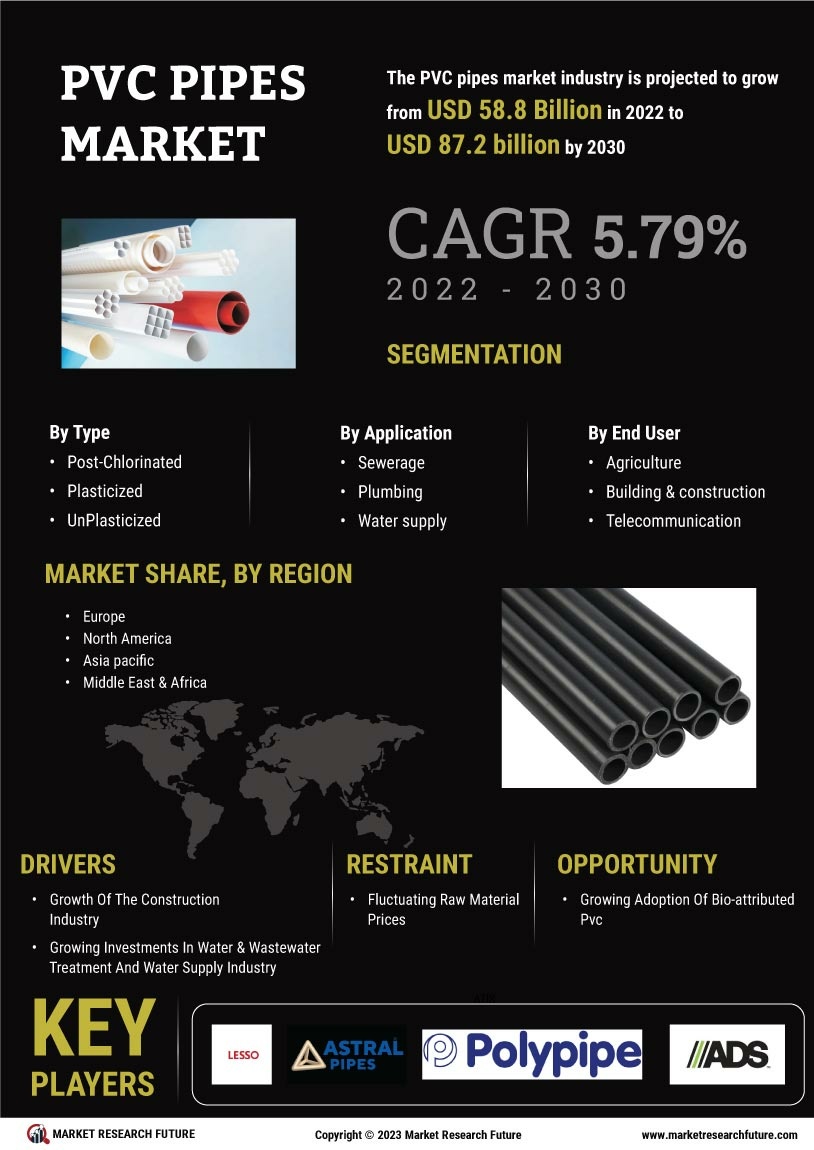


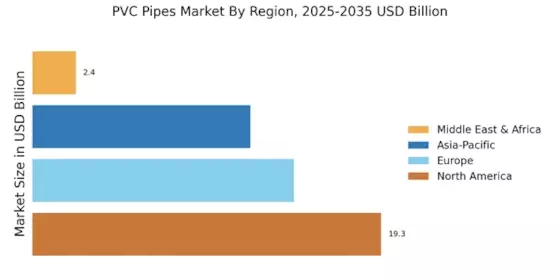

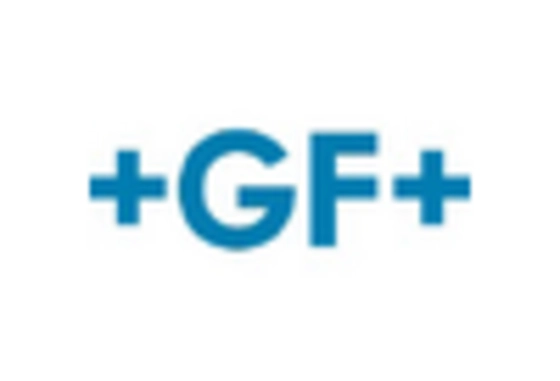
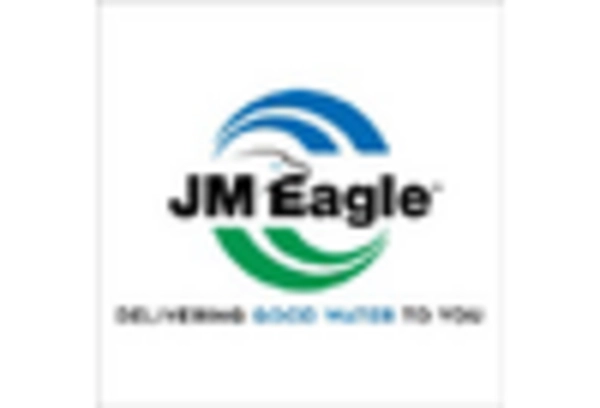
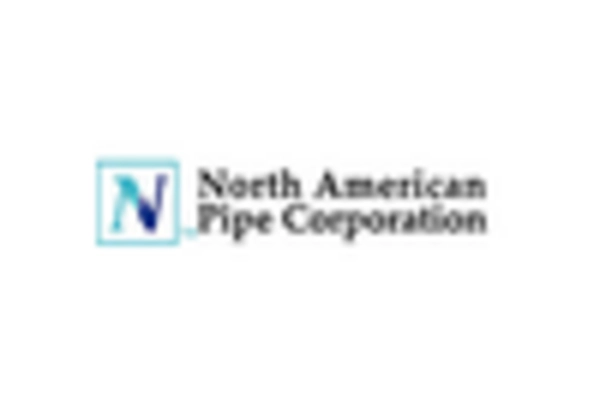
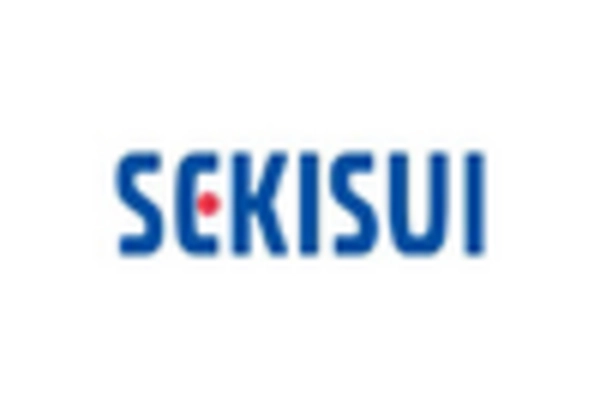









Leave a Comment